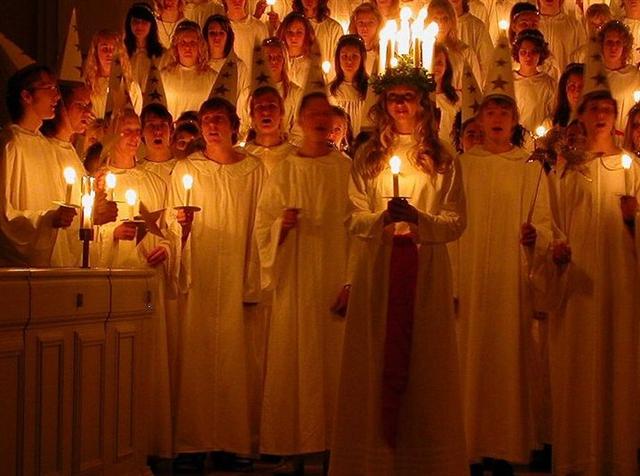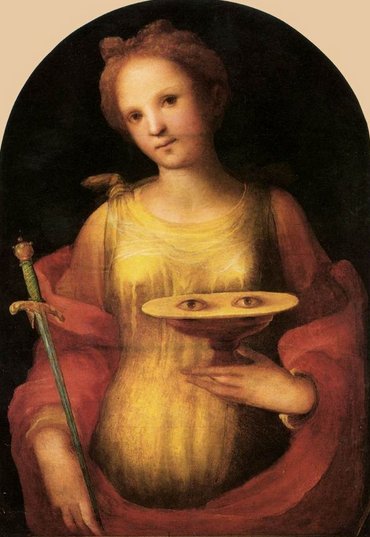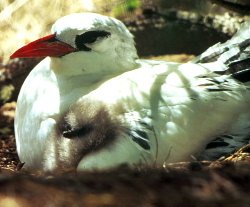|
GLYPHS
Aa5-15-1 When Roggeveen discovered Easter Island and this old (mauga) man went ashore with some of his men the natives came so close as to scare them so they shot and killed 12 of them as if by accident - I am thinking magically, the way the natives presumably would have thought. 360 - 12 = 348 (→ number of glyphs on side b of the C tablet → Aa5-15 → 12 * 29):
The grateful natives responded by giving Roggeveen and his men lots of fruit before they left in the following day. So they took off, these 12 souls, perhaps some towards Polaris and some towards the south. Reiga. Mg. Reiga, Spirit leaping-place. At Mangaia the spirits of those who ignobly died 'on a pillow' wandered about disconsolately over the rocks near the margin of the sea until the day appointed by their leader comes (once a year). Many months might elapse ere the projected departures of the ghost took place. This weary interval was spent in dances and revisiting their former homes, where the living dwell affectionately remembered by the dead. At night fall they would wander amongst the trees and plantations nearest to these dwellings, sometimes venturing to peep inside. As a rule these ghosts were well disposed towards their own living relatives; but often became vindictive if a pet child was ill-treated by a stepmother or other relatives etc. Eventually the spirits would depart from known reinga, spirit leaping-places. Such leaping-places also existed on other islands. Even after this departure some spirit intrusions from the underworld were possible. Oral Traditions. Far away, the Mangaians of old (Austral Islands, Polynesia), who kept the precessional clock running instead of switching over to 'signs', claim that only at the evening of the solstitial days can spirits enter heaven, the inhabitants of the northern parts of the island at one solstice, the dwellers in the south at the other. Hamlet's Mill. And their path was the Milky Way. ... Men's spirits were thought to dwell in the Milky Way between incarnations. This conception has been handed down as an Orphic and Pythagorean tradition fitting into the frame of the migration of the soul. Macrobius, who has provided the broadest report on the matter, has it that souls ascend by way of Capricorn, and then, in order to be reborn, descend again through the 'Gate of Cancer' ... Metoro has given us information about goe (the Milky Way) not only at Aa6-66 but also at Aa5-77 (→ 57 weeks = 399 days, to be compared with 66 * 6 = 396 = 399 - 3):
The outline of the mauga part at left in Aa5-77 is broken (no longer alive, dry) ... The ancient Chinese believed that with the arrival of the dry season the earth and sky ceased to communicate (Granet, p. 315, n. 1). The Spirit of drought was personified by a little bald womanłą with eyes at the top of her head. While she was present, the sky refrained from sending rain, so as not to harm her (ibid., n. 3). łą Hills and rivers are the first to suffer from drought. It deprives hills of their trees, i.e. their hair, and rivers of their fish, which are their people ... The same word, wang, means mad, deceitful, lame, hunchbacked, bald and Spirit of drought (Schafer) ...
and the hand in front suggests the absence of ua (we can perceive from comparing with Aa6-66). In other words, it was presumably intended to be a sign of matagi (winds of change).. ... In other words, the ancient Druidic religion based on the oak-cult will be swept away by Christianity and the door - the god Llyr - will languish forgotten in the Castle of Arianrhod, the Corona Borealis. This helps us to understand the relationship at Rome of Janus and the White Goddess Cardea who is ... the Goddess of Hinges who came to Rome from Alba Longa. She was the hinge on which the year swung - the ancient Latin, not the Etruscan year - and her importance as such is recorded in the Latin adjective cardinalis - as we say in English 'of cardinal importance - which was also applied to the four main winds; for winds were considered as under the sole direction of the Great Goddess until Classical times ... Although we here and now can see the obvious connections between this pair of glyphs I did not assign Aa5-77 to my category moe. Instead it became one of my 12 examples of rona:
... the emissaries went from the west coast up to the rim of the crater Rano Kau, where Kuukuu had started a yam plantation some time earlier. After they had departed from Pu Pakakina they reached Vai Marama and met a man. Ira asked, 'How many are you?' He answered, 'There are two of us.' Ira continued asking, 'Where is he (the other)?' To that he answered, 'The one died.' Again Ira asked, 'Who has died?' He replied, 'That was Te Ohiro A Te Runu.' Ira asked anew, 'And who are your?' He answered, 'Nga Tavake A Te Rona.' [E:46 ] After this, the emissaries and Nga Tavake went to the yam plantation ...
|
||||||||||||||||||||||||||||||||||||||||||||||||||||||||||||||||||||||||||||||||||||||||||||||||||||||




























